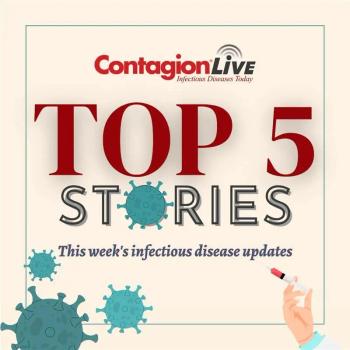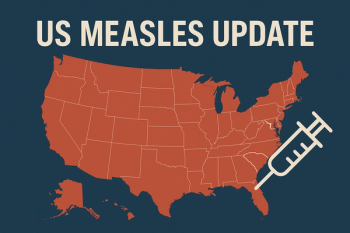
Eastern Europe Reports its Highest Incidence of New HIV Cases
A new report from the ECDC and WHO shows the disparity of new HIV diagnoses across Europe, with more than 80% of new cases occurring in Eastern Europe in 2017.
Ahead of World AIDS Day held on December 1, 2018, the World Health Organization (WHO) and the European Center for Disease Prevention and Control (ECDC) released surveillance data indicating that Eastern Europe reported 130,000 new HIV cases in 2017, its highest number of any year.
In the worldwide HIV epidemic,
Africa continues to be the focal point of the global effort against
In Europe though, new HIV diagnoses have increased by 20% since 2000, and there were a reported 2.3 million people in the European region living with HIV in 2017.
A new surveillance
Of these new cases, 25,353 occurred within 30 European Union/European Economic Area (EU/EEA) countries, reflecting a decline in new cases particularly among men who have sex with men. A decline in new HIV diagnoses was reported in several countries such as Austria, Belgium, Denmark, Estonia, the Netherlands, Norway, Spain and the United Kingdom.
On the other hand, more than 130,000 of the new cases were reported in the eastern part of the region, where rates of HIV diagnoses have more than doubled in Bulgaria, Cyprus and Lithuania, and have increased by over 50% in the Czech Republic, Hungary, Malta and Poland since 2008 and taking reporting delay into account.
The report delivers mixed news, noting that HIV rates have declined overall in the European region from 2008 to 2017, from 6.9 cases per 100,000 population to 6.2 cases per 100,000 population. The ages of those with new diagnoses are also skewing older, with the median age at diagnosis up from 35 years to 37 years. In addition, the percentage of people who were over 50 years old at diagnoses rose from 13% to 19%.
Overall, EU/EEA countries are on course to meet the global
According to a new
“It’s hard to talk about good news in the face of another year of unacceptably high numbers of people infected with HIV. While efforts to prevent new HIV infections are gradually showing signs of progress, we are not on course to meet the 90—90–90 targets by the 2020 deadline. My call to governments, ministers of health and decision-makers is bold: scale up your response now,” Zsuzsanna Jakab, PhD, WHO regional director for Europe said in a recent
Newsletter
Stay ahead of emerging infectious disease threats with expert insights and breaking research. Subscribe now to get updates delivered straight to your inbox.

























































































































































































































































































